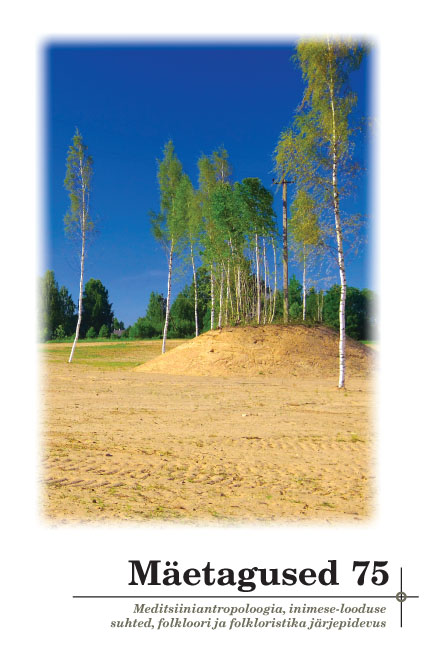Miks haavalehed värisevad? Puudega seotud etioloogiliste tekstide peajooni
Why do aspen leaves tremble? Main features of tree-related aetiological texts
Author(s): Andres KuperjanovSubject(s): Christian Theology and Religion, Customs / Folklore, Cultural Anthropology / Ethnology, Culture and social structure
Published by: Eesti Kirjandusmuuseum
Keywords: aetiological legends; aspen; berry with a cross; folk bible; Jesus; trees; text corpus; trembling leaves;
Summary/Abstract: The aim of this article is to provide an overview of tree-related aetiological legends, the main motifs of these tales, and the characters occurring in them on the basis of digitised materials. The article presents motifs related to the most popular characters in the tales, followed by the frequent motifs and sub-motifs by different species of trees. Since Estonian materials are relatively difficult to acquire and have not been translated into other languages, this article tries to introduce as many sample texts as possible. Where possible, story types have been pointed out by making use of Antti Aarne’s catalogue (1918) and the academic fairy tale anthology compiled by Vaina Mälk, Ingrid Sarv, and Richard Viidalepp (1967). There are over 21,000 texts in the material digitised by the Department of Folkloristics of the Estonian Literary Museum, which are directly related to trees, and in addition to this, trees have been mentioned in other texts in nearly 400 different aspects. The most important of these are predominantly concerned with folk medicine, calendar traditions, folk astronomy, harvest predictions (predicting cattle growth and crops) and day-to-day household use. Many narratives about hidden treasures are also related to trees. Tree aetiologies (more than 100 texts) represent a specific group that shares common features with other types of lore and the Christian tradition, but these common occurrences also need to be specified. Unfortunately, these stories were collected relatively late, in the last decades of the 19th century, and the interpretation of these stories was delayed due to other research projects that were deemed more interesting. The fact that tree-related stories, for example, are closely connected with Christian legends, apocryphal manuscripts, and other explanatory Christian folk stories, may have also been a hindering factor. For centuries, aetiological legends spread as vernacular Christianity, serving as an interesting symbiosis of Christian scripture and verbal lore, and for this reason these texts remained on the fringe of 20th-century folklore studies. It is this type of lore that centres around intercultural and transcultural processes and interaction. The predominance of aspen-related lore in all story motifs (trembling leaves) and activities stands out in the material. Aetiological legends follow a pattern whereby there is one dominating motif in these legends and very few or single records of other motifs. The most prominent character is Jesus, but Mary, Judas, Elijah, the Devil or Old Heathen, and God or Grandfather are also mentioned.
Journal: Mäetagused. Hüperajakiri
- Issue Year: 2019
- Issue No: 75
- Page Range: 77-98
- Page Count: 22
- Language: Estonian

